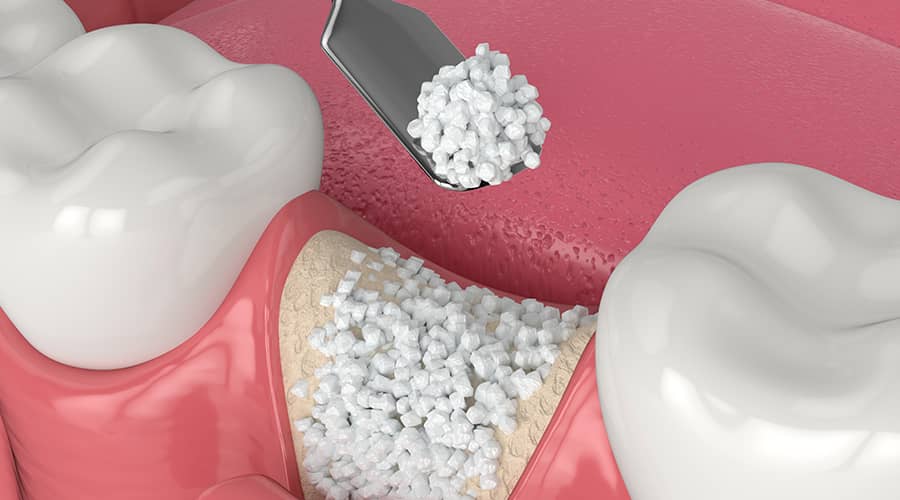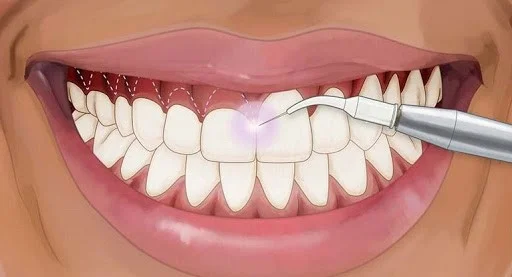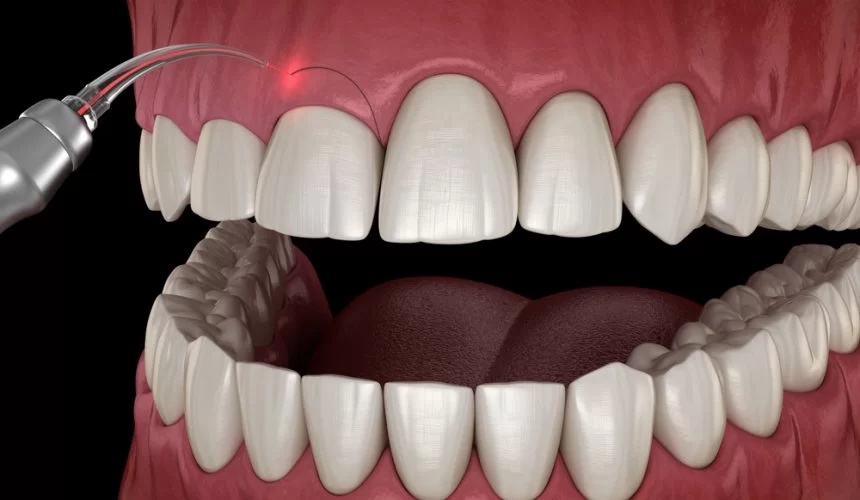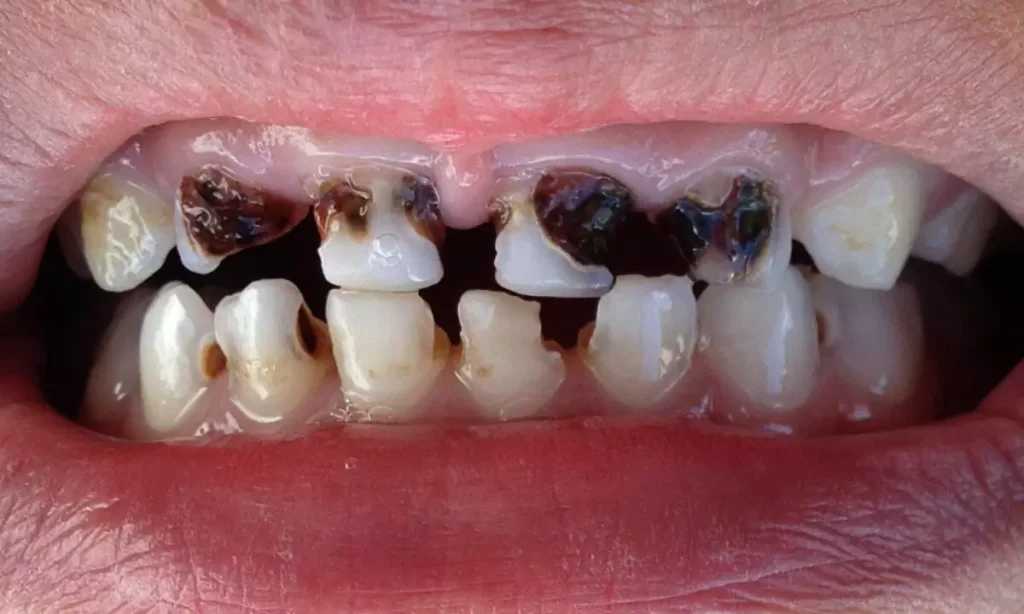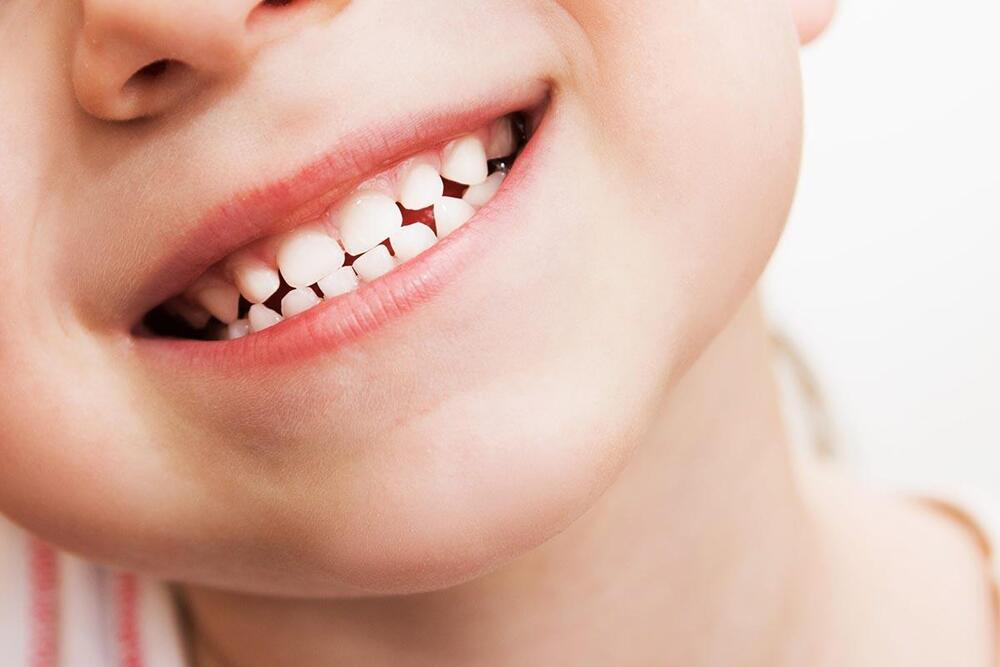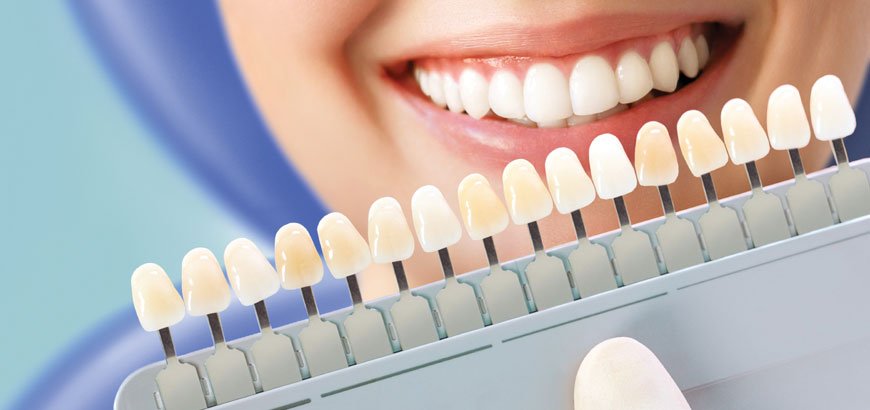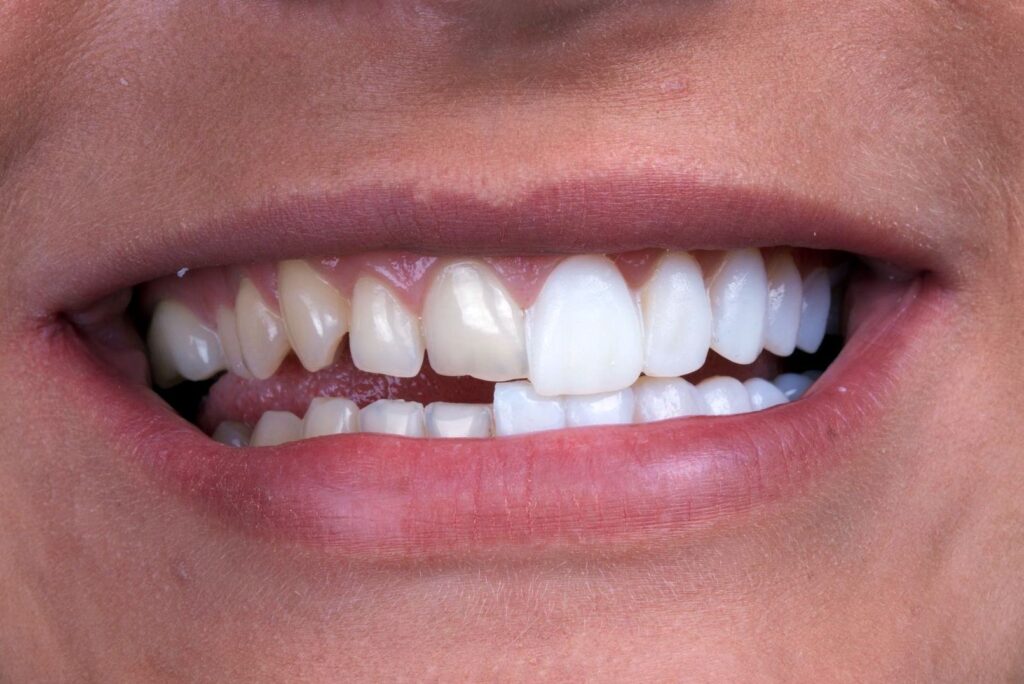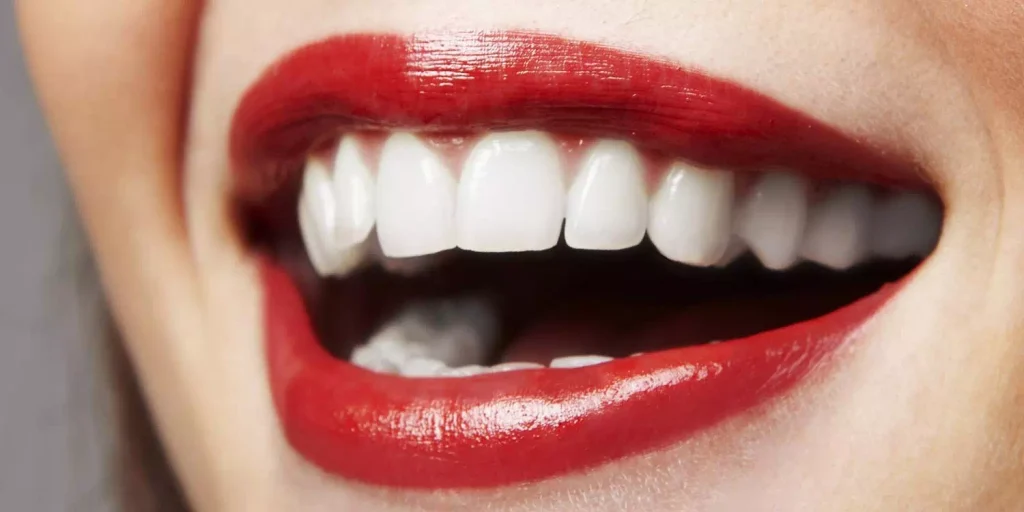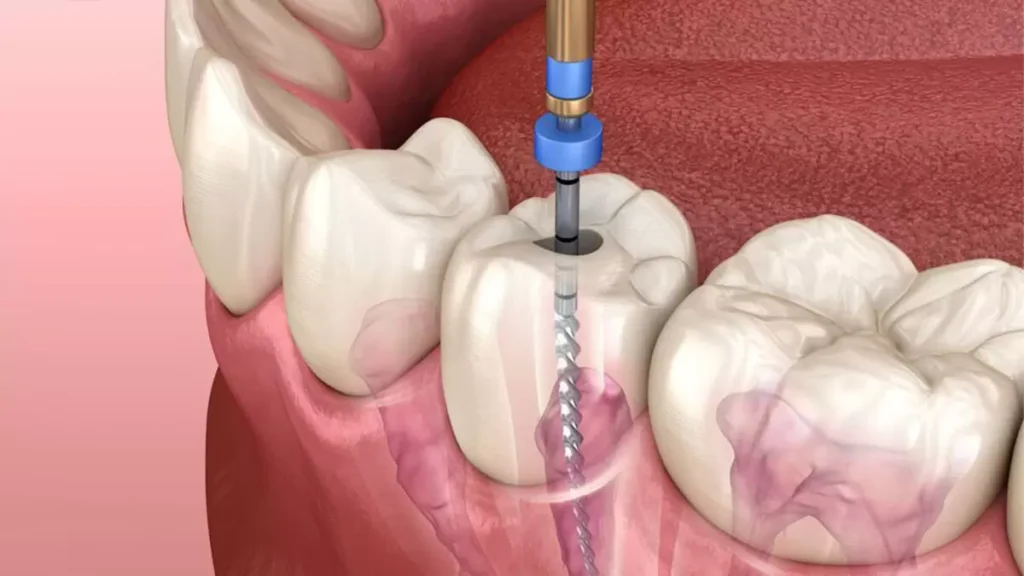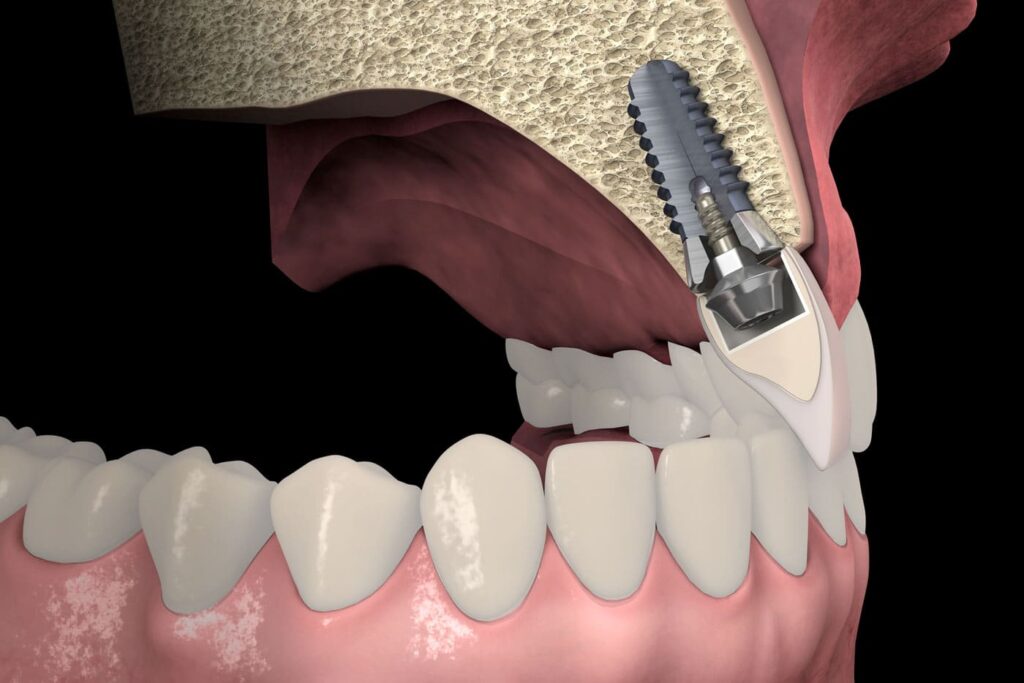Dental implants are among the most effective and long-lasting solutions for replacing missing teeth. However, a successful implant procedure requires a jawbone with sufficient thickness and density. In cases where the bone structure is inadequate, autogenous grafting—using the patient’s own bone tissue—can help create a natural and strong foundation. But what exactly is autogenous grafting, how is it performed, and what are its benefits? Let’s explore the details.
What is Autogenous Grafting and How is it Performed?
Autogenous grafting involves transferring bone tissue from the patient’s own body to the jawbone. Typically, bone is harvested from areas such as the jawbone and placed in regions where the jawbone lacks sufficient volume. Over time, this transplanted bone integrates and promotes new bone growth. The procedure is performed under local anesthesia, ensuring a comfortable and pain-free experience. Following the grafting process, a healing period of several months is required before implant placement.
Advantages of Autogenous Grafting
Autogenous grafting offers several benefits compared to other bone grafting methods. The primary advantage is the use of the patient’s own bone tissue, eliminating the risk of rejection and ensuring natural integration. Additionally, the regenerated bone is stronger and more durable, making it an ideal choice for patients with significant bone loss. This technique provides a stable and long-lasting foundation for successful implant treatment.
Healing Process and Post-Procedure Care
After autogenous grafting, it may take several months for the bone to fully heal and become ready for implant placement. During this period, patients should follow key post-procedure guidelines:
- Avoid smoking, as it can significantly slow down bone healing.
- Follow dietary recommendations, prioritizing soft foods and avoiding hard or chewy foods that could stress the grafted area.
- Manage discomfort, as mild swelling and pain are normal, but any worsening symptoms should be reported to the dentist.
- Take prescribed medications and attend all scheduled follow-ups to monitor healing progress.
Conclusion
Autogenous grafting is an effective technique for strengthening the jawbone before implant treatment. By using the patient’s own bone tissue, this method enhances the success rate of implants and promotes a natural, durable bone structure. Following the dentist’s instructions is crucial to ensuring a smooth recovery and minimizing complications. With careful planning and proper aftercare, patients can achieve long-lasting and successful dental implant results.
This article is for informational purposes only and should not be considered a substitute for professional medical advice. Always consult a specialist before making decisions regarding your dental health.
